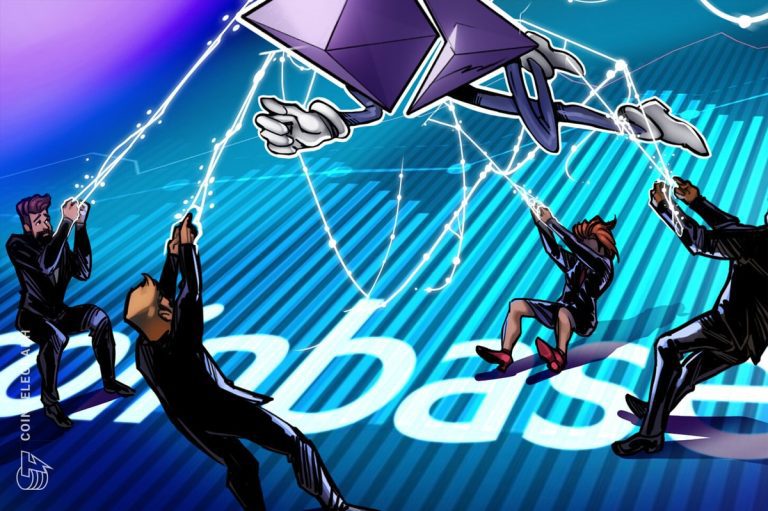The emergence of Coinbase as the largest node operator of the Ethereum Network raises concerns about network centralization, which could worsen as institutional adoption accelerates, industry executives told Cointelegraph.
On March 19, Coinbase released a report revealing that US cryptocurrency exchanges control more than 11% of Staked Ether (ETH) than any other Ethereum Node operator.
According to Karan Sirdesai, CEO of Web3 Startup Mira Network, Coinbase’s growing advantage highlights “systematic issues with Ethereum’s staking architecture.”
“We are creating a system in which a few key players control a large portion of network security and undermine the central promise of decentralization,” Sildesai told Cointelegraph.
According to the report, Coinbase controlled 3.84 million ETH to 120,000 validators, representing 11.42% of the ether stained as of March 4.
According to Lido’s website, Liquid Staking Protocol lido controls a larger share of the overall stained ether.
However, Lido’s Staked Ether is distributed to many independent node operators who are hosts of Daily GWEI, and stated in a March 19th post on the X platform.
To limit risk, Coinbase has spread staking operations to five countries, employing multiple cloud providers, Ethereum clients and relays, according to its report. “Diversification at the network level and overall network health are always a priority for us, which is why we regularly check our network distribution,” the exchange said.
Coinbase is the largest Ethereum node operator. Source: Coinbase
Related: EtherETF is poised to surge in 2025, analysts say
Impending centralization risk
Ethereum’s network concentration can get worse if funds (ETFs) traded on US exchanges are allowed to begin staking.
Coinbase is the largest custodian of US Crypto ETFS and holds ETH on behalf of eight of the nine US spot ether funds, the exchange said in January.
“This type of network integration increases the risk of censorship and reduces the resilience of the network,” Temujin Louie, CEO of Wanchain, a blockchain interoperability protocol, told Cointelegraph.
For example, high staking concentrations “represent a potential point of regulatory pressure … (and) these large staking entities may prioritize network censorship resistance when faced with difficult choices,” Shildesai said.
Meanwhile, new US regulatory guidance that allows banks to act as enablers of blockchain networks adds centralisation risk, some crypto executives said.
“If there are too many interests under regulated entities like Coinbase and US Banks, Ethereum becomes like a traditional financial system,” says Louie.
Conversely, more institutional verification devices may actually improve staking concentrations. According to Sildesai, the cryptocurrency exchange Robinhood is particularly well suited to check the remarkable dominance of Coinbase.
Robinhood already has “crypto-infrastructure, user base and technical capabilities that can move quickly. They have been able to realistically challenge Coinbase’s position faster than traditional banks,” Shildesai said.
Magazine: Ethereum L2S will be interoperable “within a few months” – a complete guide




